MATH 150 Final Exam Solution: Mortgage, Annuity, Probability Analysis
VerifiedAdded on 2022/09/08
|6
|880
|14
Homework Assignment
AI Summary
This document presents a complete solution to a MATH 150 final exam, addressing various financial and probability concepts. The solution begins with a mortgage calculation, determining the down payment, mortgage amount, and monthly installments (EMI) over a 30-year period, along with the total interest paid. The second question analyzes two options for purchasing goods, comparing down payments, interest rates, and monthly installments to determine the best financial choice. The third question involves calculating the time required for an investment to earn a specific interest amount. The fourth question focuses on the future value of annuities, calculating the total value and interest earned over a 30-year period. The fifth question involves probability calculations, including the probability of selecting a cat, the odds of selecting a car, and probabilities related to specific animal breeds from a sample. The solutions provide detailed calculations and explanations for each problem, demonstrating a strong understanding of financial mathematics and probability principles.
1 out of 6
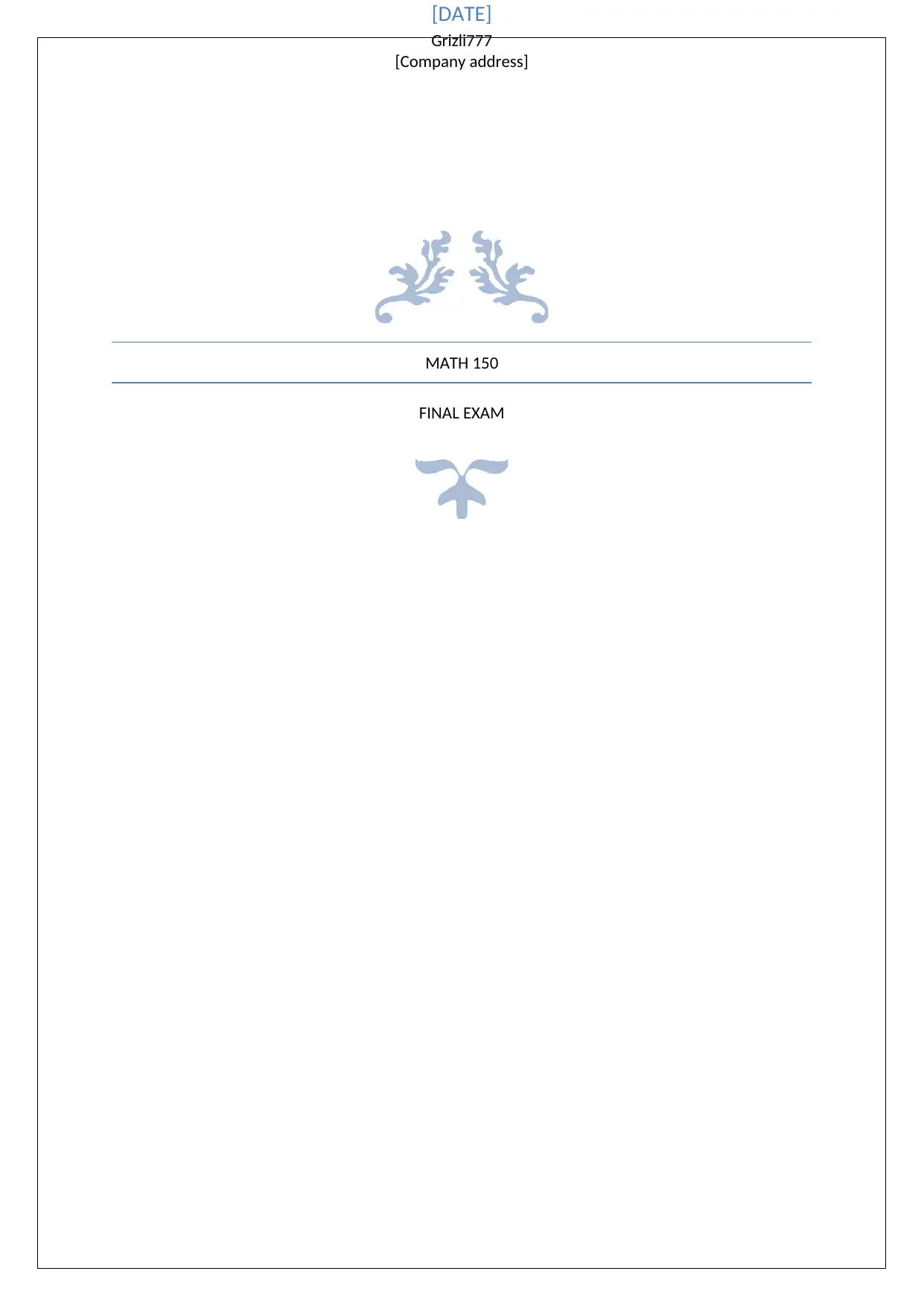
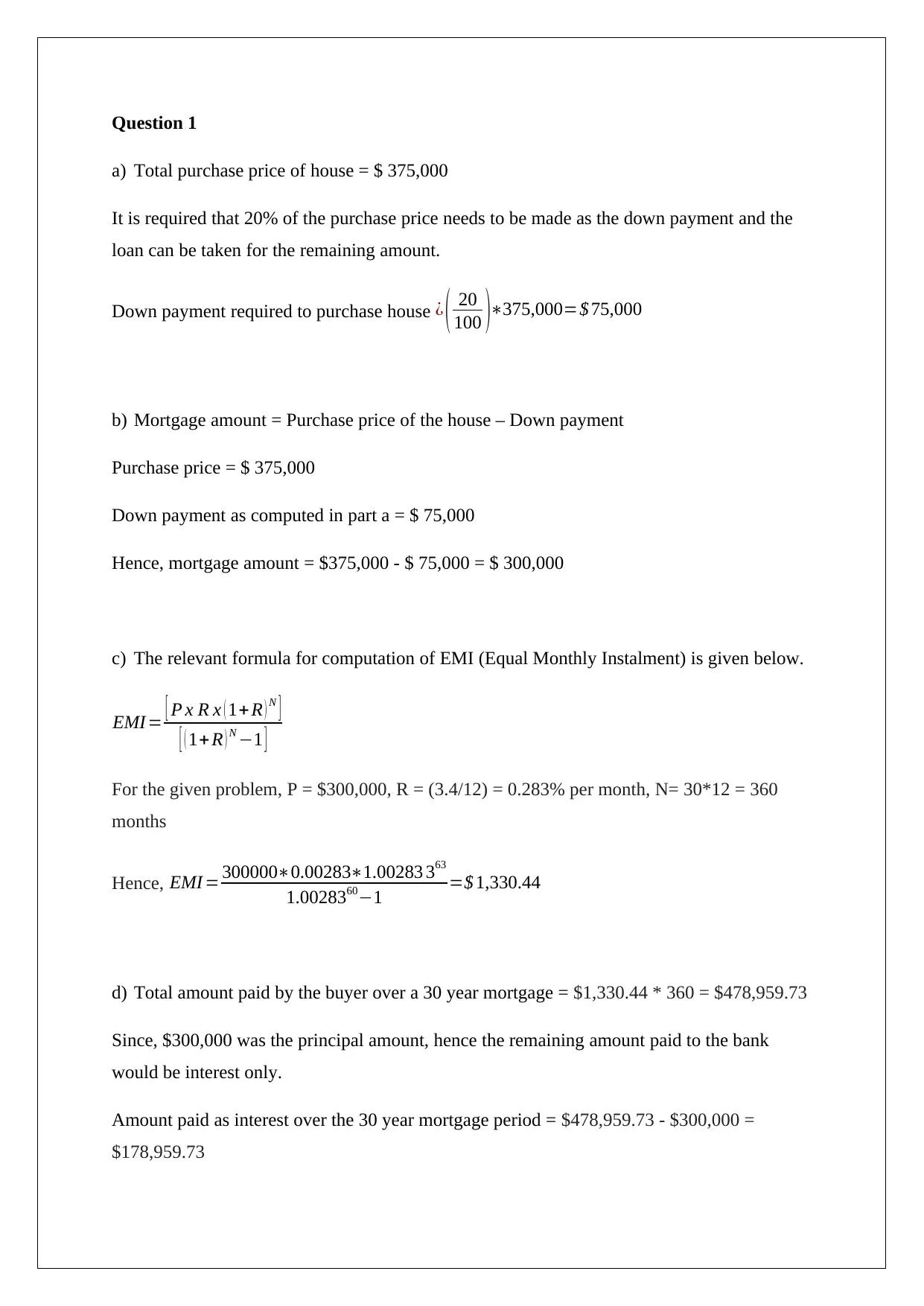
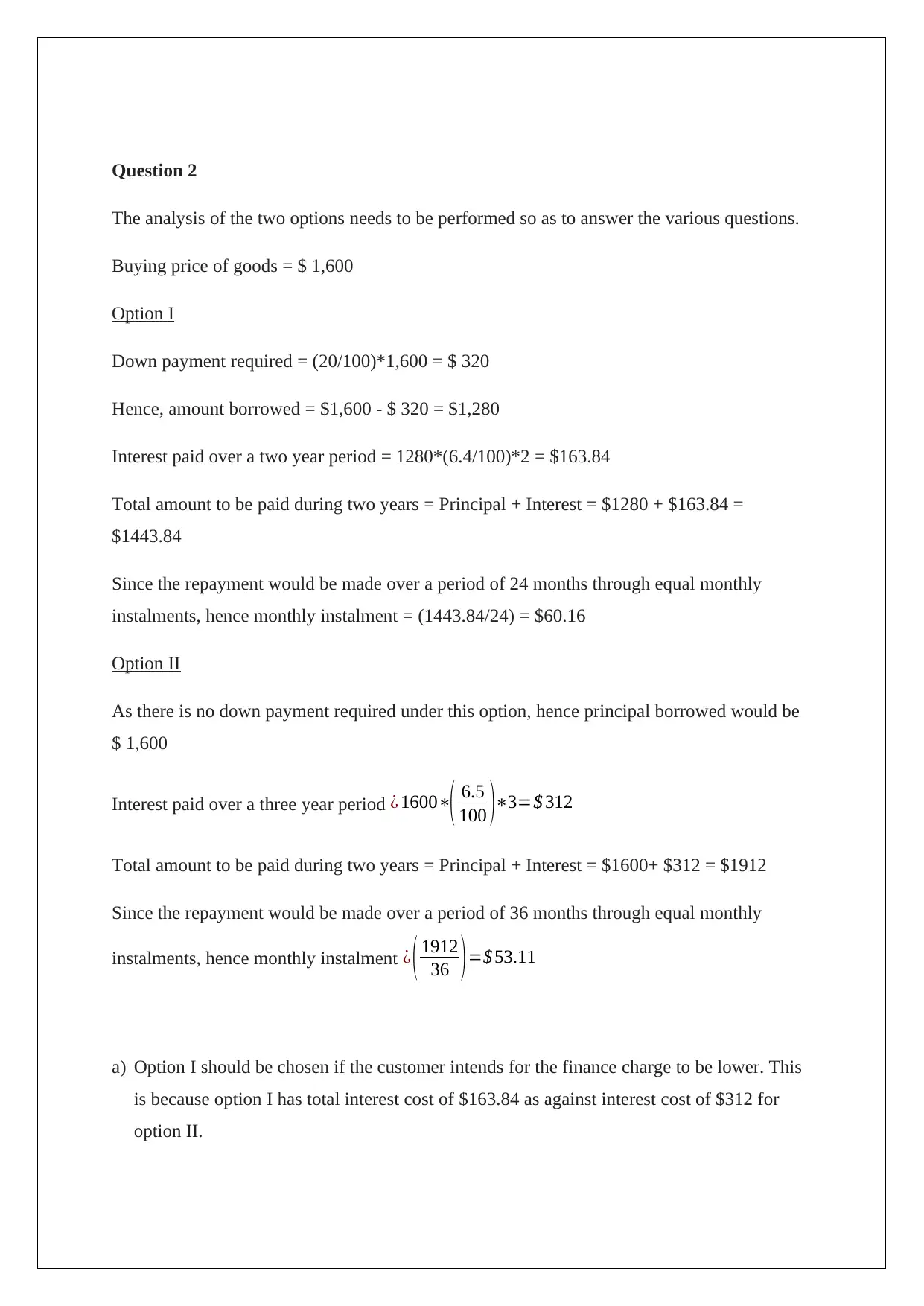

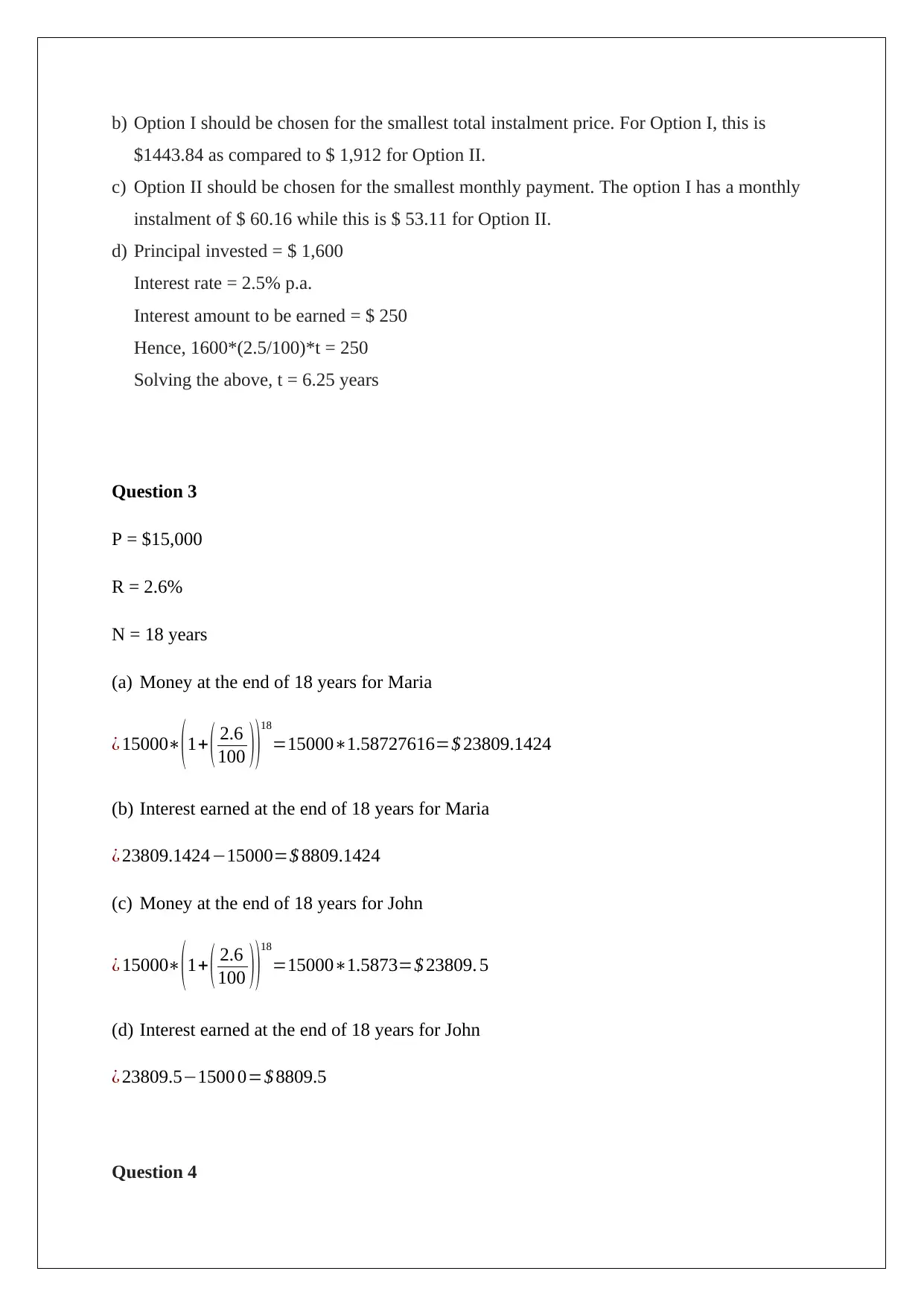
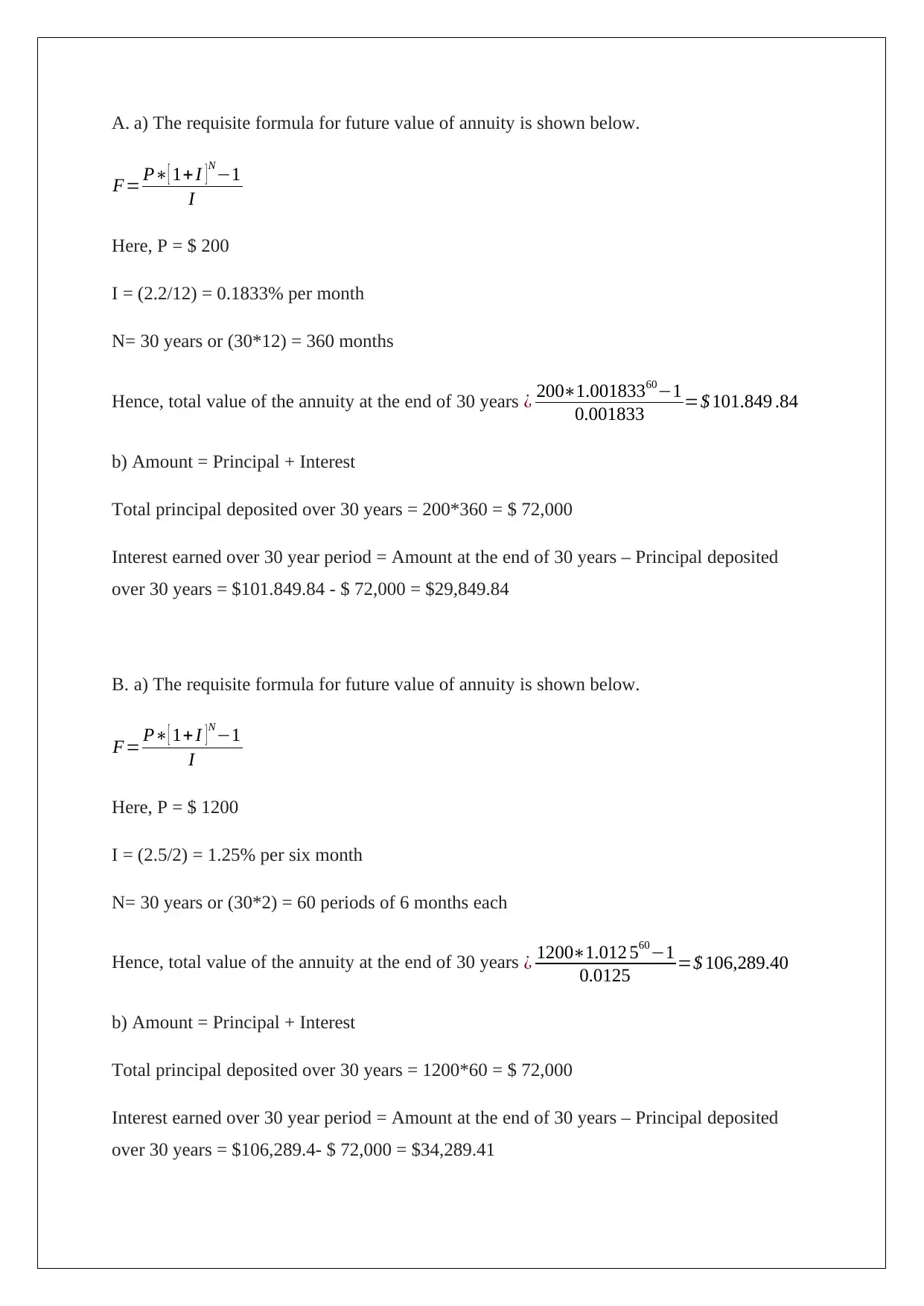
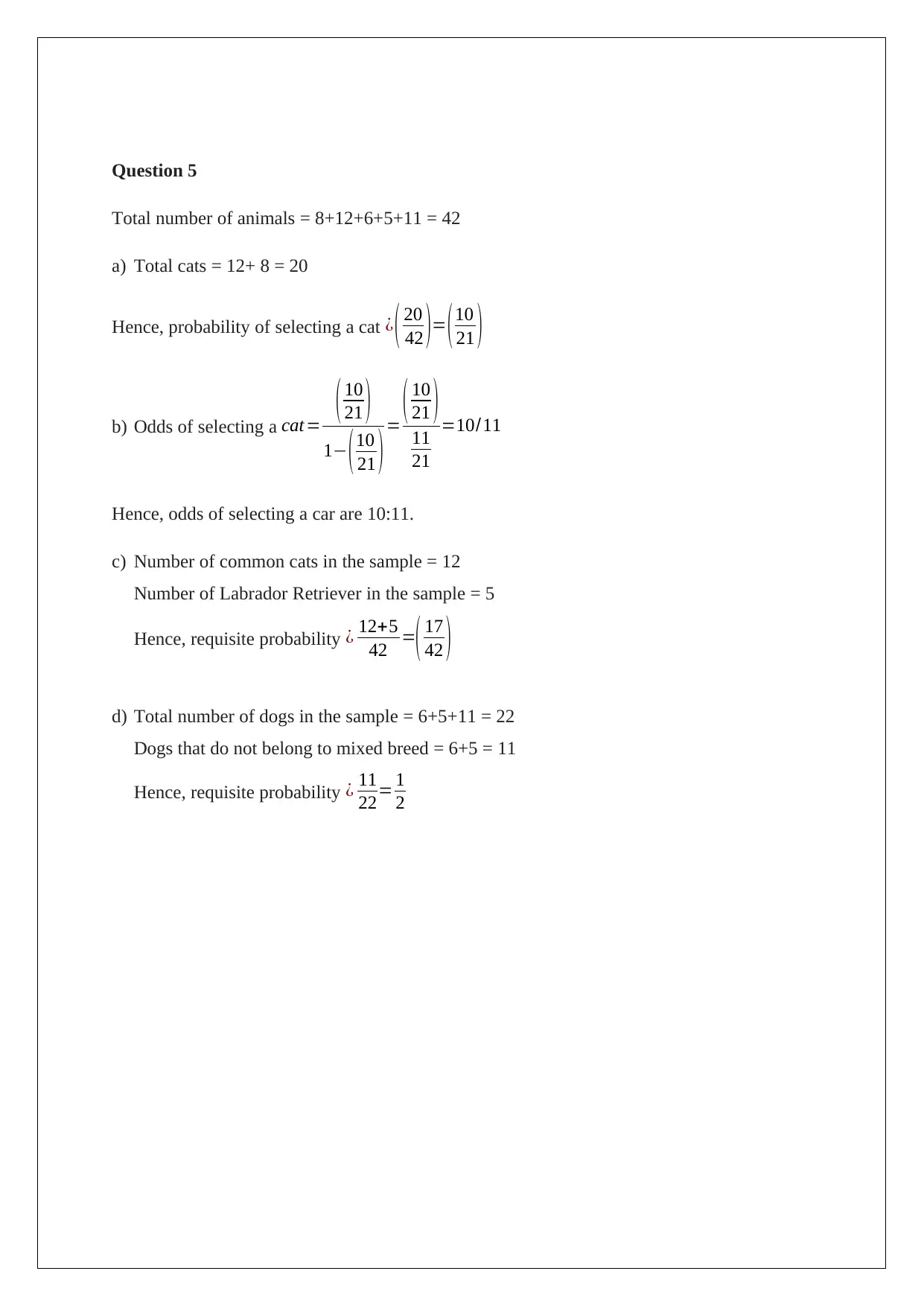




![[object Object]](/_next/static/media/star-bottom.7253800d.svg)